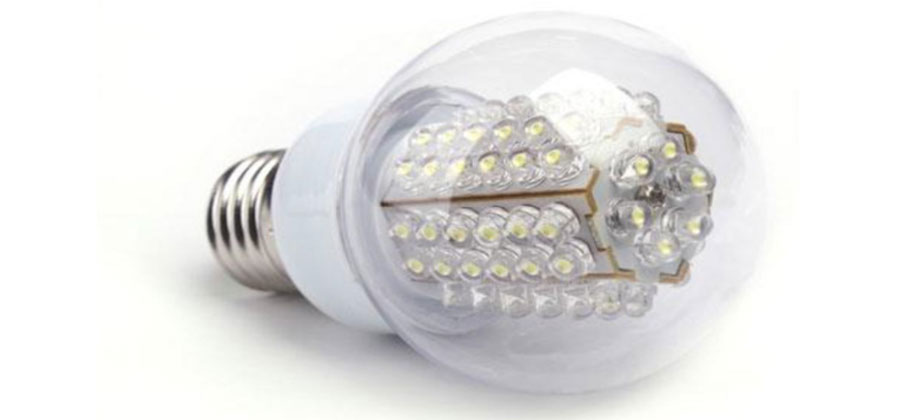


Indian Journal of Science and Technology
Year: 2020, Volume: 13, Issue: 18, Pages: 1821-1829
Original Article
Muhammad Aamir Panhwar1∗, Sijjad Ali Khuhro2 , Tehseen Mazhar3 , Deng ZhongLiang1 , Mughal-E-Azam Bilal3 , Nabeel Qadir3
1 School of Electronic Engineering, Beijing University of Posts and Telecommunications, China
2 School of Computer Science and Technology, University of Science and Technology, China
3 School of computer science, Virtual University of Pakistan, Pakistan
∗Corresponding author:
Muhammad Aamir Panhwar
School of Electronic Engineering, Beijing University of Posts and Telecommunications, China
Email: [email protected]
Received Date:09 April 2020, Accepted Date:23 April 2020, Published Date:14 June 2020
Background/Objectives: Light Fidelity is popularly known as Li-Fi. This is a most recent technology that was driven by German physicist Harald Haas(1) in 2011. The technology was proposed during a global talk on Technology Entertainment Design on VLC communications. Visible light communications are optical ways of communication that network the LED for data transmission. The term Li-Fi uses VLC communication for the high-end communication that can be an alternative to Wi-Fi. The proposal of Harald Haas is comparable with IEEE 802.15.7 that is the fully dual directional and networked standard built for 802.11. Li-Fi applications are featured for their comparison with other technologies like Wireless fidelity and their general use for LAN. Materials and methods: However, the optimality of the proposed Li-Fi is within highly dense areas where Wi-Fi faces interfaces and radio interferences are no good for complimentary performance goals of the communication standard. Li-Fi proves to be better in bandwidth, connectivity and secure when the higher speeds above 1Gbps are achieved. Finding/novelty : This study outlines the characteristics of Li-Fi and describes its potential use in a smart traffic net. The smart traffic net is the future of the transport system that is based on Li-Fi. Therefore, this is called Li-Net in this article. Li-Net is a modified VaNet that uses Li-Fi for V2V and V2I communication. The leveraging of Low cost LEDs and other lighting units have lots of opportunities that can help the Li-Fi to get over Wi-Fi.
Keywords: Li-Fi; Li-Net; VaNet; communication technology; network; smart network
© 2020 Panhwar, Khuhro, Mazhar, ZhongLiang, Bilal, Qadir. This is an open access article distributed under the terms of the Creative Commons Attribution License, which permits unrestricted use, distribution, and reproduction in any medium, provided the original author and source are credited.
Published By Indian Society for Education and Environment (iSee)
Subscribe now for latest articles and news.